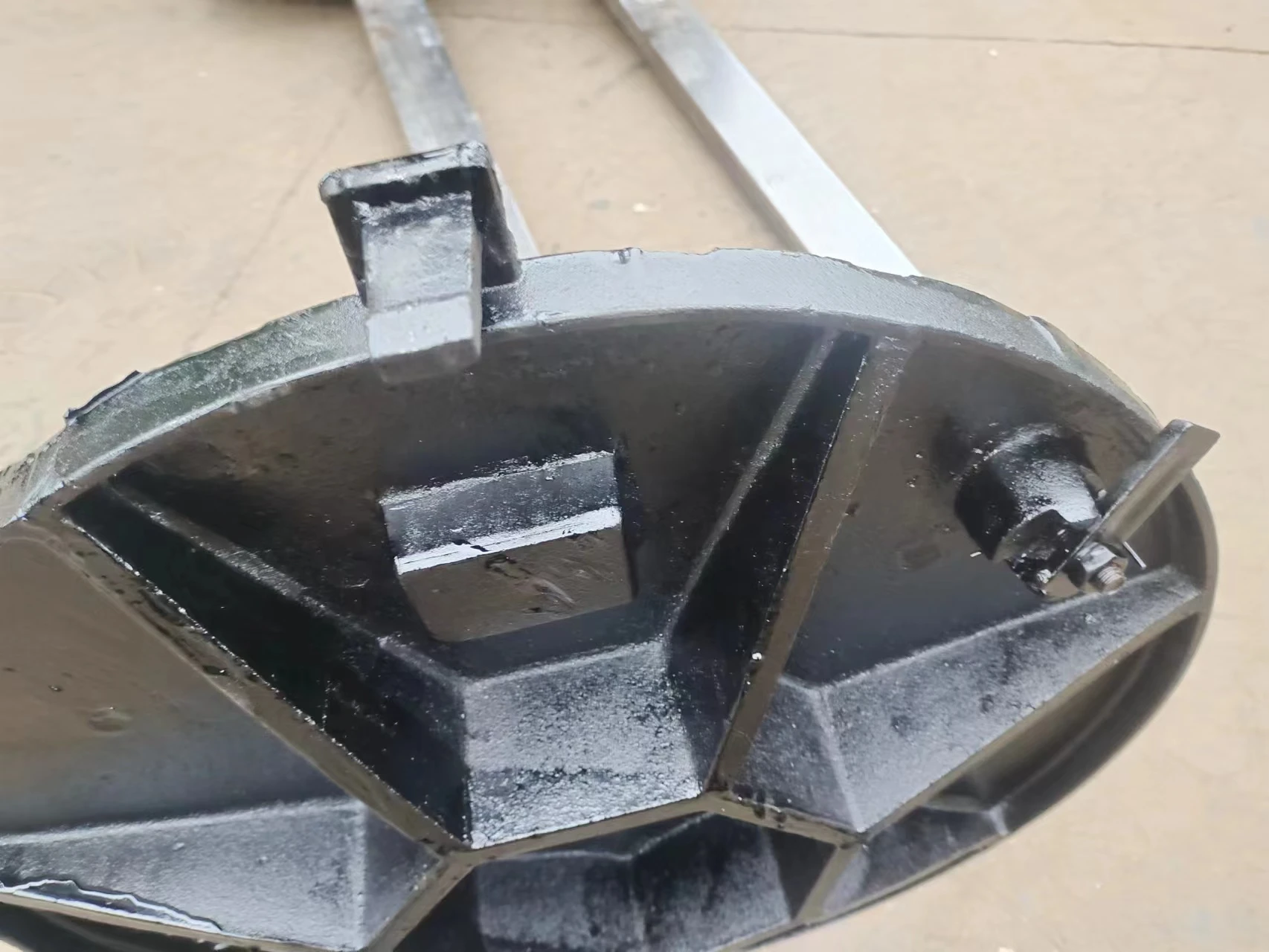Exploring the Impact of Storm Manhole Covers on Urban Infrastructure and Flood Management
The Significance of Storm Manhole Covers A Look into Urban Infrastructure
In modern cities, stormwater management is a critical aspect of urban planning, particularly with the increasing challenges posed by climate change and urbanization. One key component of this system is the storm manhole cover. Often overlooked, these heavy, circular metal lids play a vital role in maintaining the integrity and functionality of stormwater drainage systems. This article explores the significance of storm manhole covers, their design, and their impact on urban infrastructure.
Storm manhole covers serve as protective lids over access points to underground stormwater systems, which include drainage pipes and catch basins. They are specifically engineered to withstand heavy loads, including those from vehicular traffic, while also preventing unauthorized access to the underground infrastructure. Typical materials used for manufacturing these covers include cast iron, concrete, and composite materials, each designed to suit specific environmental conditions and load requirements.
One primary function of storm manhole covers is to facilitate the efficient drainage of rainwater during storms. Urban areas often experience rapid rainfall, leading to potential flooding if stormwater is not efficiently managed. Manhole covers allow stormwater to flow into underground pipes, where it can be redirected to treatment facilities or natural bodies of water. This not only helps to prevent flooding but also mitigates issues such as water pollution and erosion, contributing to the overall health of urban environments.
The design of storm manhole covers is not just practical; it is also a reflection of the local culture and aesthetics. Many municipalities have embraced artistic designs for their manhole covers, turning these functional items into works of art that represent the community's identity. From intricate patterns to engraved images, these decorative storm manhole covers add character to urban landscapes, promoting cultural pride and local heritage.
storm manhole cover

Moreover, the maintenance of storm manhole covers is crucial for their longevity and efficiency. Over time, exposure to the elements and heavy traffic can lead to wear and tear, requiring regular inspections and replacements. Municipalities must allocate budgets for maintenance programs to ensure that stormwater systems remain functional. Neglecting this aspect can lead to severe consequences, such as flooding, road damage, and increased maintenance costs in the long run.
Another important aspect of storm manhole covers is their role in public safety. A defective or misaligned manhole cover can pose a serious hazard to pedestrians and vehicles. Instances of accidents caused by open or damaged manhole covers underline the necessity for vigilance in monitoring urban infrastructure. Public awareness campaigns can help educate citizens on reporting damaged covers and encourage a sense of shared responsibility for their environment.
As cities continue to evolve in response to climate challenges and population increases, the importance of effective stormwater management strategies will only grow. Innovations in materials and design for storm manhole covers may provide solutions to enhance their durability and efficiency. Smart technology, for instance, could lead to the development of manhole covers equipped with sensors that monitor stormwater flow and drainage system performance in real-time.
In conclusion, storm manhole covers, while seemingly mundane, are integral to the functionality and safety of urban infrastructure. They facilitate effective stormwater management, reflect local culture, and ensure public safety. As cities face increasing environmental pressures, the role of these covers will become even more critical. By investing in their design, maintenance, and innovation, we can enhance urban resilience and safeguard our communities against the impacts of severe weather events.
-
The Essential Component for Safe Urban InfrastructureNewsMay.14,2025
-
The Backbone of Urban InfrastructureNewsMay.14,2025
-
Practical and Stylish Solutions for Your Drainage NeedsNewsMay.14,2025
-
Lamphole Frame and Cover: Essential for Urban InfrastructureNewsMay.14,2025
-
A Seamless and Aesthetic SolutionNewsMay.14,2025
-
A Must-Have for Safety and DurabilityNewsMay.14,2025
-
Pipe Repair Clamps: Your Ultimate Solution for Efficient RepairsNewsMay.09,2025
